Volt Gas Mileage Flap: GM PR Blames "Lazy Reporting"

Nature abhors a vacuum, and so does journalism. GM has been trumpeting the Volt’s 40 mile target AER (all electric range) since it was first announced on January 7, 2007. From that very day three years and eight months ago, journalists and enthusiasts have been asking The Big Volt Question: what is its fuel economy in CSM (charge sustaining mode)? There has never been an answer, except that at the 2007 announcement Bob Lutz “reasoned that…(after the battery was depleted) the engine sipping fuel at a rate of 50 m.p.g.” An early target or a Lutzian wild speculation that GM soon refused to verify or qualify. Ever.
Fast forward to August 24, 2010: gm-volt announces that an astute reader has made a screen capture of an Aol Volt test drive promo video, that indicated that the Volt traveled 16.1 miles after the battery depleted and used .59 gallons, equaling 27.3 mpg. Did anyone really think that was a truly representative fuel economy for the Volt, not knowing precisely the conditions under which it occurred? Note the word “Hints” prominently in TTAC’s story. So far, it’s been the only shred of evidence to The Big Volt Question. But rather than use this fantastic PR opportunity to state a target CSM mileage figure, which could only (presumably) look good compared to that 27 mpg number; GM’s Volt Communications person Phil Colley (pictured above) states it delicately:
Yours ( plugincars,com) and the other stories yesterday and today show a complete lack of understanding of the process and are quite frankly, lazy reporting.
The “process” that Cooley refers to is that the EPA and and GM are still hashing out the methodology and labeling of the EPA sticker, which may likely not happen until after the Volt hits the streets. Big deal. How about an educated guess or target? GM has been driving fleets of Volts for tens of thousands of miles all over the country, and it can’t come up with a ballpark number? GM can, but it chooses not to. Here’s why:
Back in August of 2008, GM announced that the 2011 Cruze would get 40 mpg or better, on the EPA highway cycle. The EPA tests for the Cruze are still not final or announced. But obviously, it suited GM to have the press endlessly regurgitate that 40 plus mpg number, which it faithfully has done for two years. And GM had the info on the Cruz’ anticipated mileage way back then.
Yes, the Volt involves some new technology, but there’s absolutely no doubt that GM has a very good idea of the Volt’s mileage in CSM, and/or what its fleet of testers are averaging. And here’s what GM needs to say now right now:
because the methodology of the final EPA sticker is not complete, we’re not going to guess or project what that will say. But the CSM component of it will probably be between X and Y mpg, based on our experience.
How hard would that be?
GM is holding back, because even if the CSM mileage is on the low side, it wants to score a BIG number on the EPA’s new standards for plug-in vehicles, likely to be the SAEJ1711 methodology. That will be a blend of electric and gas modes, and therefor look BIGGER than what a straight CSM (gas only) number would be. And lazy journalists might just spread information about the Volt’s actual fuel consumption that might contradict that.
GM took a lot of heat for their silly 230mpg draft methodology in 2008. Now it’s the other extreme: Volts will likely be sold without an EPA sticker until the favorable new EPA numbers are finalized. And so the world’s largest manufacturer releases a new car without a fuel mileage target. In lieu of that, “lazy reporting” will just have to do. Unless GM is willing to let us, or any other lazy journalist drive the Volt in CSM for a full tank of gas. We’re not too lazy for that; just tell us where and when.

More by Paul Niedermeyer
Latest Car Reviews
Read moreLatest Product Reviews
Read moreRecent Comments
- Kwik_Shift_Pro4X I wonder if Fiat would pull off old world Italian charm full of well intentioned stereotypes.
- Chelsea I actually used to work for this guy
- SaulTigh Saw my first Cybertruck last weekend. Looked like a kit car...not an even panel to be seen.
- GregLocock Bear in mind this is purely a branding exercise and has no significant input from AM. Buying one of these is like buying a Pink Floyd T shirt, no Dave and Nick didn't personally sew it up for you.
- Lou_BC This is the sort of thing that lands 15 billion dollar Honda investments in Canada. One political party tries to undo everything the other one has done.



















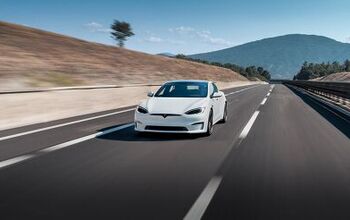


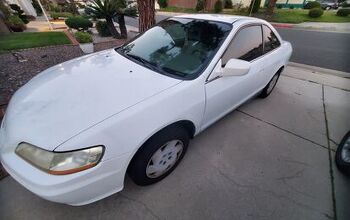
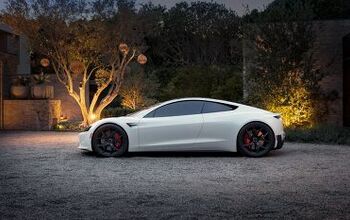


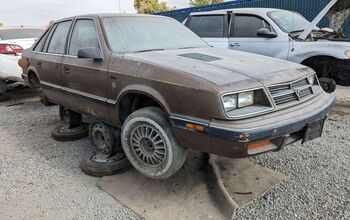

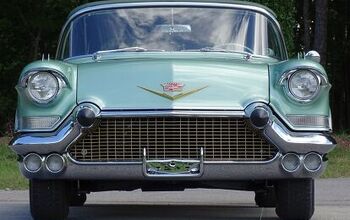
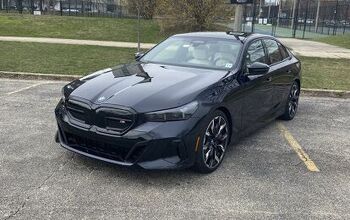


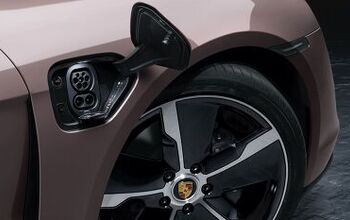
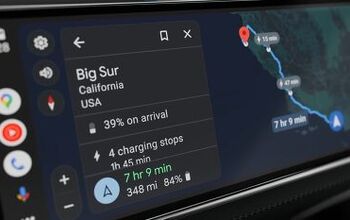
Comments
Join the conversation
So Pleiter, the Volt makes no sense for you. But if your commute was 15 miles of bumper to bumper traffic (as I spent 12 years doing), the Cruze would get terrible mileage with lots of brake and engine wear, while the Volt would use no gas and likely be quieter and easier on its drive train. The only people I know who buy dull 30-40K sedans are families with kids who don't care much about cars. They usually have one dull commuting sedan and one SUV or minivan. Space concerns alone mean they use the bigger vehicle for long distance travel, so the Volt would live in town, make commutes, and be kept 10 or more years - basically until they wore it out or gave it to their kids for college. I also seriously doubt they would cross shop a Cruze, as they would view them as different classes of vehicle, no matter how similar they are in size and appearance. Whether its true or not, they would perceive one as cutting edge and the other as cheap and basic. I'm not saying it makes sense for everyone, but the market case does exist.
I know this is overly-simplistic... though having said that, I fail to see why it shouldn't be as simple as this: 1) Have EPA start with a "full" Volt -- battery charged, gas tank filled. 2) Drive the standard cycles (city/highway) as long as it takes for the battery to discharge, and the engine to be unable to provide regenerative power -- because the tank runs dry, or is otherwise unable to keep up with the load. In other words, drive the blasted thing until it's dead on the road. That could be 300 miles, 600 miles (or 20, given GM's storied history of craptacular vehicles.) 3) Measure the miles driven against the amount of fuel used -- it is GAS mileage we're talking about, after all -- and presto, there are your ratings. 4) Realize it would be far less expensive, nevermind more satisfying, to buy a Civic, Focus, or Corolla. (Last step optional, and depends on whether owner is able to perform simple elementary-school mathematics.) Like I said, simple. Though I wonder if such a simple test (the same kind of test owners will no doubt use to ascertain their own mileage) wouldn't cast GM's $41,000 "econocar" in a negative, albeit realistic, light. We certainly can't have that! Like any other government bureaucracy, EPA exists to make the simple needlessly complicated. Oh, and in this case, to prop up the "house" automaker.